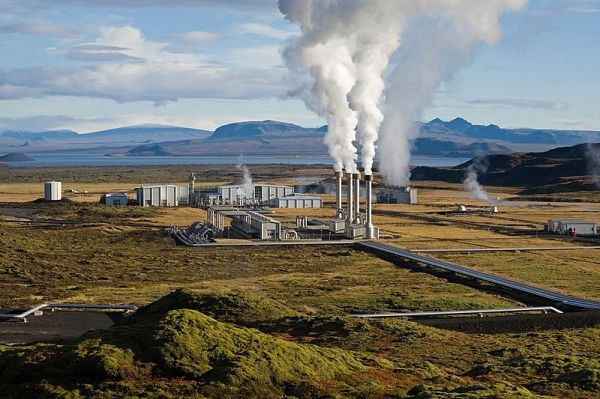On a November afternoon in 2017, a magnitude 5.5 earthquake shook Pohang, South Korea, injuring dozens and forcing more than 1,700 of the city’s residents into emergency housing. Research now shows that development of a geothermal energy project shoulders the blame.
“There is no doubt,” said Stanford geophysicist William Ellsworth. “Usually we don’t say that in science, but in this case, the evidence is overwhelming.” Ellsworth is among a group of scientists, including Kang-Kun Lee of Seoul National University, who published a perspective piece May 24 in Science outlining lessons from Pohang’s failure.
The Pohang earthquake stands out as by far the largest ever linked directly to development of what’s known as an enhanced geothermal system, which typically involves forcing open new underground pathways for Earth’s heat to reach the surface and generate power. And it comes at a time when the technology could provide a stable, ever-present complement to more finicky wind and solar power as a growing number of nations and U.S. states push to develop low-carbon energy sources. By some estimates, it could amount to as much as 10 percent of current U.S. electric capacity. Understanding what went wrong in Pohang could allow other regions to more safely develop this promising energy source.
Read more at Stanford University
Image Credit: Gretar Ívarsson


